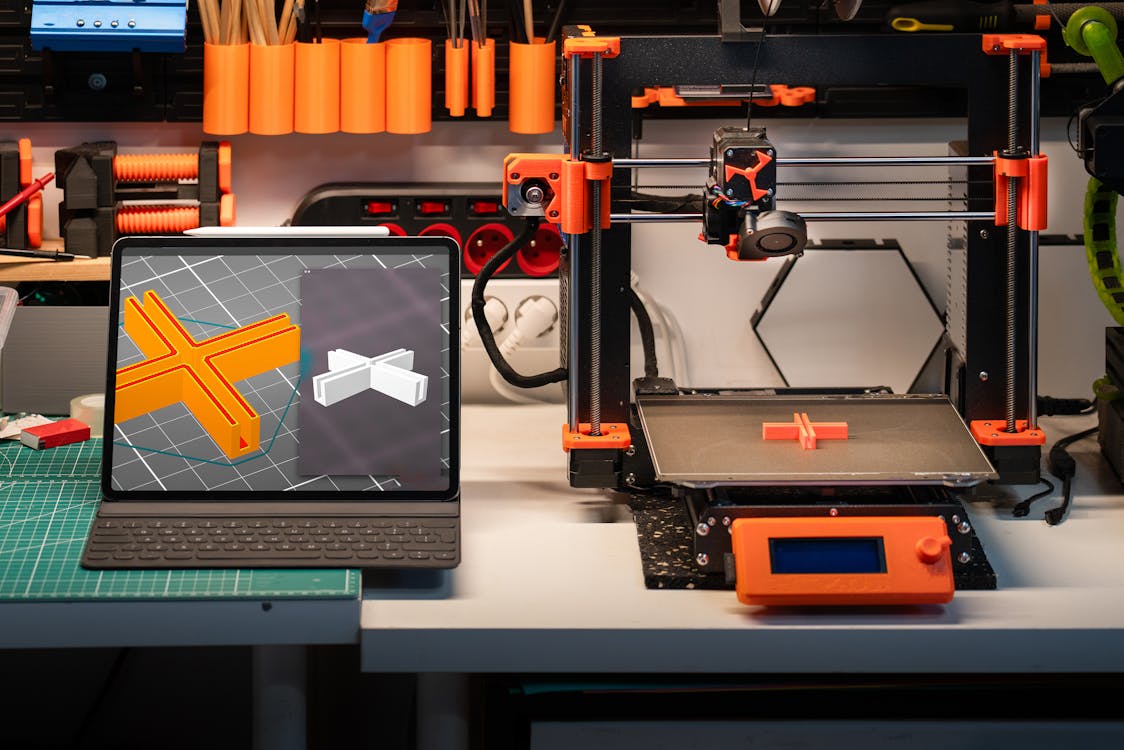
In the realm of electrical engineering, the significance of power electronics cannot be overstated. From transforming voltage levels to regulating power flow, power electronics plays a pivotal role in the efficient conversion, control, and utilization of electrical energy. In this article, we delve into the fundamentals of power electronics, its applications across various industries, and its role in shaping the future of technology.
Table of Contents
ToggleUnderstanding Power Electronics:
At its core, power electronics deals with the conversion of electrical power from one form to another. This involves the manipulation of voltage, current, and frequency to meet specific requirements. Key components such as transistors, diodes, capacitors, and inductors are utilized in various configurations to achieve desired outcomes.
Principles and Components:
The cornerstone of power electronics lies in semiconductor devices, particularly power semiconductor devices such as MOSFETs (Metal-Oxide-Semiconductor Field-Effect Transistors), IGBTs (Insulated Gate Bipolar Transistors), and thyristors. These devices enable efficient switching and control of electrical energy.
Key components used in power electronic circuits include:
- Rectifiers: Convert alternating current (AC) to direct current (DC).
- Inverters: Convert DC to AC, crucial for applications like renewable energy systems and motor drives.
- Converters: Alter voltage, current, or frequency levels, facilitating power transmission and distribution.
- Choppers: Control DC voltage levels varying duty cycle.
Applications Across Industries:
Power electronics finds extensive applications across diverse industries, revolutionizing processes and enhancing efficiency. Some notable applications include:
- Renewable Energy: Power electronic converters are essential in integrating renewable energy sources such as solar and wind into the grid, ensuring optimal power delivery.
- Electric Vehicles (EVs): Power electronics drive the propulsion systems in electric vehicles, managing battery charging, motor control, and energy regeneration.
- Industrial Automation: In manufacturing and process industries, power electronics control systems for motor drives, heating elements, and variable frequency drives optimize energy usage and improve productivity.
- Consumer Electronics: From smartphones to laptops, power electronics circuits regulate battery charging, voltage conversion, and power management, enhancing device performance and longevity.
- Power Systems: In transmission and distribution networks, power electronics devices enhance grid stability, reactive power control, and voltage regulation.
Future Trends and Innovations:
As technology evolves, power electronics continues to advance, driven the pursuit of efficiency, miniaturization, and sustainability. Some emerging trends and innovations include Zombiesthemovie.com/:
- Wide Bandgap (WBG) Semiconductors: Materials like silicon carbide (SiC) and gallium nitride (GaN) offer superior performance over traditional silicon-based devices, enabling higher efficiency and power density.
- Smart Grids: Integration of power electronics and digital control systems facilitates the development of smart grids, enabling real-time monitoring, control, and optimization of power flow.
- Energy Storage Systems: Power electronic converters play a crucial role in energy storage systems, enabling efficient charging and discharging of batteries and managing grid-scale storage solutions.
- Internet of Things (IoT): Power-efficient electronics are vital for IoT devices, enabling connectivity and remote monitoring in various applications ranging from home automation to industrial IoT.
Conclusion:
In conclusion, power electronics serves as the backbone of modern electrical systems, enabling efficient conversion, control, and utilization of electrical energy across diverse applications. From renewable energy integration to electric transportation and beyond, power electronics continues to drive innovation, shaping the future of technology towards a more sustainable and electrified world. As research and development efforts progress, the field of power electronics is poised to play an even more significant role in addressing global energy challenges and advancing technological frontiers.





